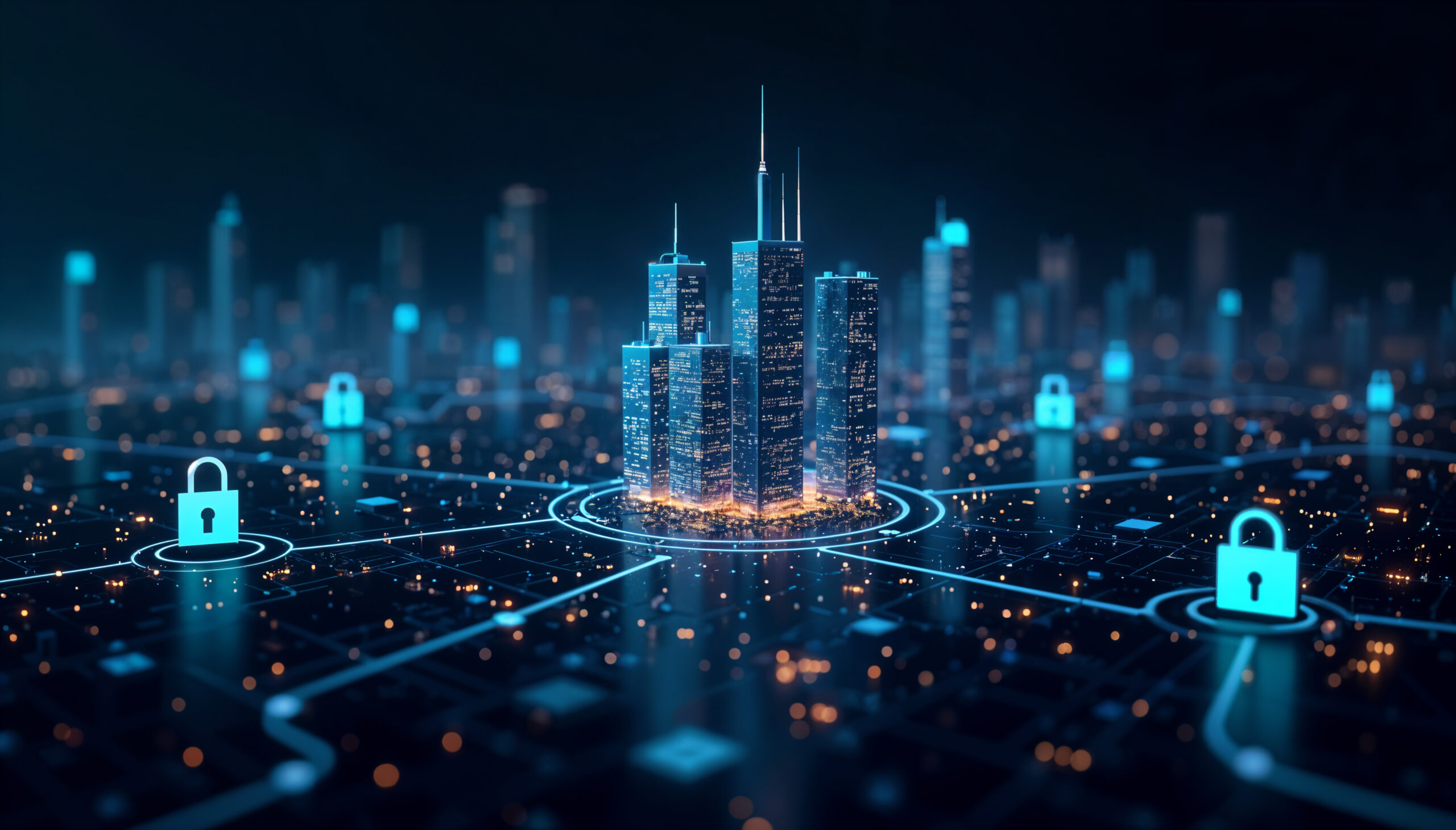As the digital landscape evolves, so do the threats that target it. Cybersecurity is no longer a reactive discipline—it’s a core strategic pillar for every tech-driven organization. In 2025, we’re witnessing a seismic shift in how threats operate and how defenders respond. Whether you’re a cybersecurity professional, IT admin, or tech-savvy leader, staying ahead of the curve is essential.
Here are five key cybersecurity trends that will shape the digital battlefield in 2025:
1. AI-Powered Attacks—and Defenses—Take Center Stage
AI is a double-edged sword in cybersecurity. In 2025, attackers are leveraging AI to create more sophisticated phishing scams, deepfake social engineering, and automated vulnerability discovery. But defenders are fighting back with equally powerful tools—AI-based anomaly detection, behavioral analytics, and real-time automated incident response.
Trend Insight: Expect to see the rise of AI vs. AI cyber battles—where machine intelligence defends against machine-led threats.
2. Cybersecurity Mesh Architecture Becomes the Norm
Gone are the days of a single, fortress-style perimeter. As cloud, hybrid work, and IoT continue to fragment IT environments, Cybersecurity Mesh Architecture (CSMA) is becoming the default strategy. CSMA allows security tools to work as a collaborative ecosystem—enforcing policy across decentralized infrastructure.
Trend Insight: Organizations embracing CSMA see faster threat detection, better compliance, and reduced dwell time.
3. Zero Trust Goes Beyond the Buzzword
Zero Trust is evolving from theory to necessity. In 2025, it’s not just about “never trust, always verify”—it’s about continuous validation of identity, context, and risk across every user, device, and app. Tech pros are integrating identity-based access, microsegmentation, and dynamic policies into their daily security playbooks.
Trend Insight: Government and critical infrastructure sectors are setting the pace for Zero Trust adoption—driven by compliance mandates and threat intelligence.
4. Quantum Readiness Enters the Planning Phase
Quantum computing isn’t breaking encryption just yet—but organizations are preparing for it. 2025 marks the start of widespread Post-Quantum Cryptography (PQC) planning. Enterprises and governments are mapping out how to migrate to quantum-resistant algorithms and protect long-lifespan data from “harvest-now, decrypt-later” tactics.
Trend Insight: NIST’s finalized PQC standards will soon reshape how we secure data at rest and in transit.
5. Human Risk Management Becomes Central to Strategy
Despite tech advancements, humans remain the weakest link. But in 2025, forward-looking companies are adopting Human Risk Management (HRM) tools—combining behavioral data, psychological analysis, and targeted training. Phishing simulations are being replaced by real-time risk scoring and personalized nudges.
Trend Insight: HRM tools can reduce user-related incidents by up to 80% when integrated into broader cybersecurity frameworks.
Final Thoughts
2025 is not just another year of patches and firewalls—it’s a turning point. The cybersecurity landscape is being redefined by intelligent automation, architectural shifts, and the growing realization that humans and machines must work together to stay secure.
Cyber Guard Bulletin will continue to track and decode these evolving trends—so tech pros like you can stay one step ahead.
Register NowFollow us for weekly updates, threat intel, and expert takes on the future of cybersecurity.

